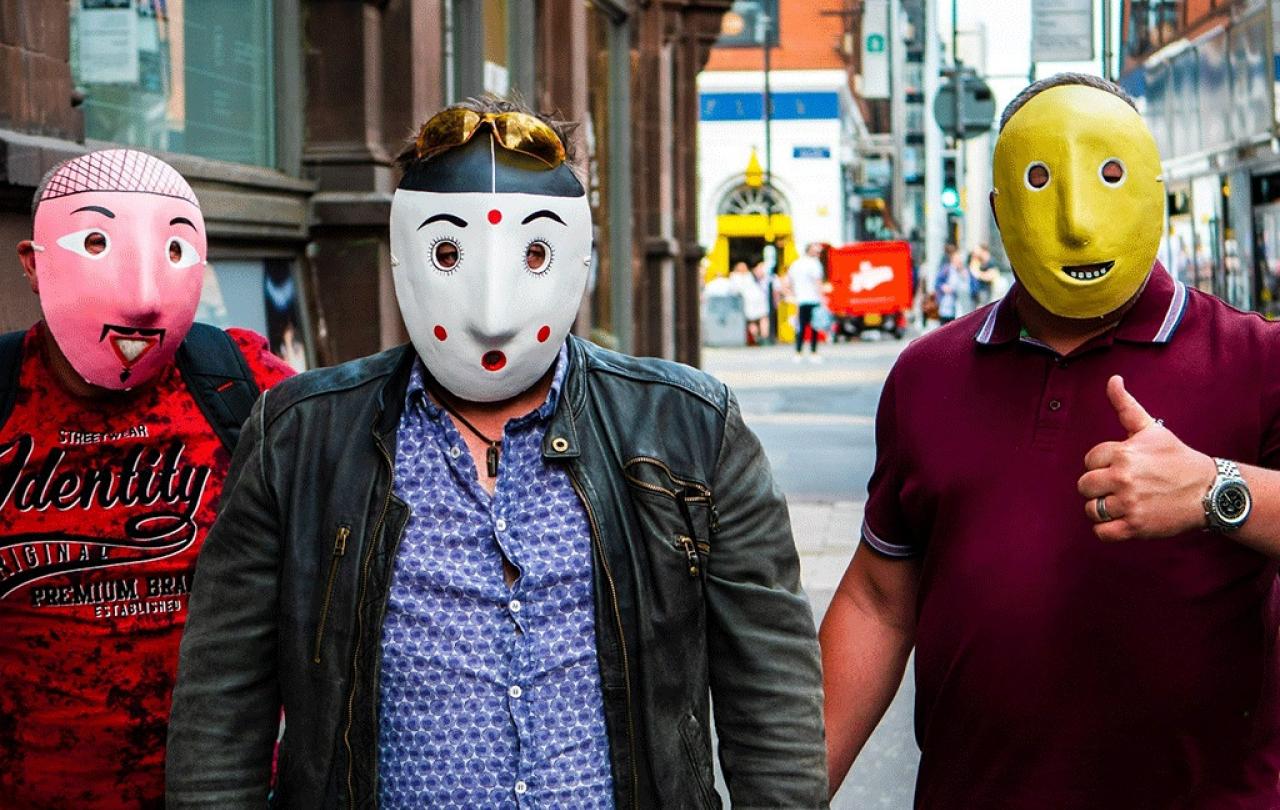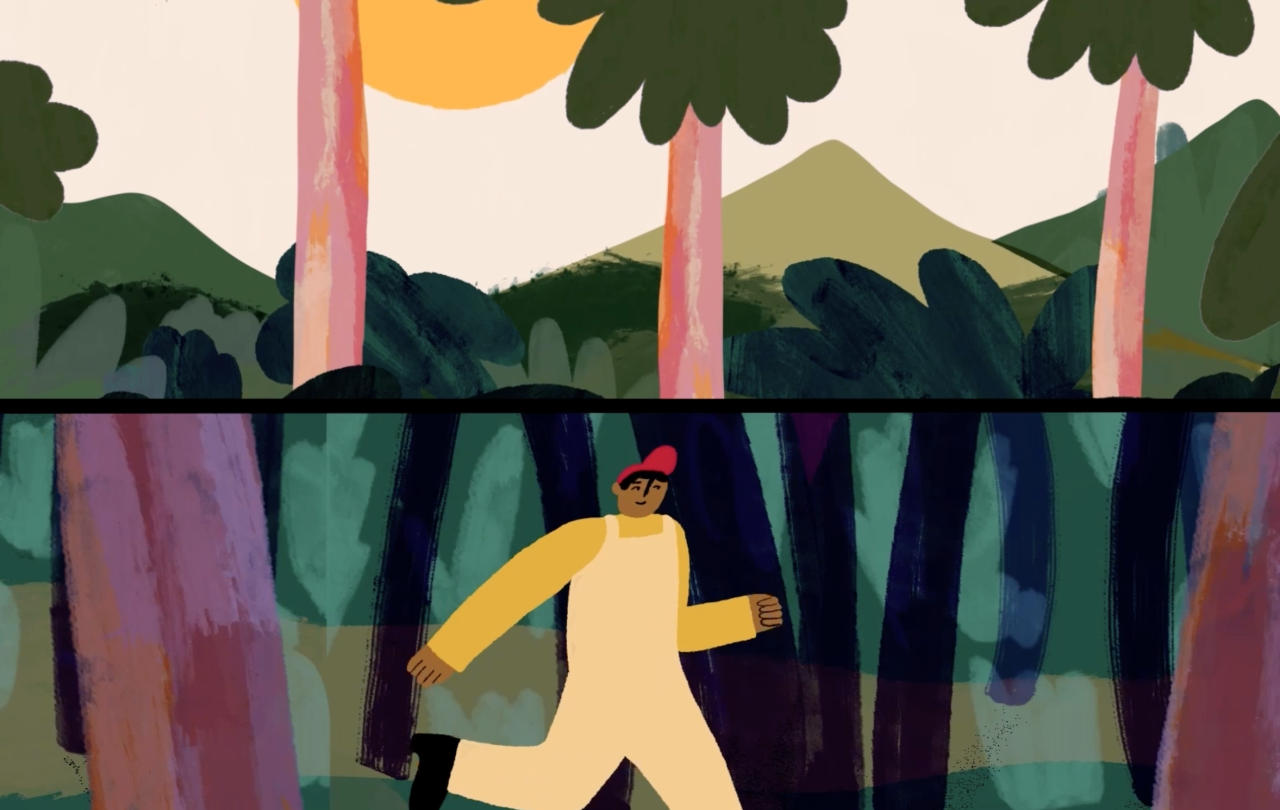
Masculinity is under scrutiny like never before. Knowing and living out what it means to be a man is a cultural challenge, a generational responsibility and a personal mission. Yet so much of the talk about men comes from the mouths of those who are not living the example themselves.
Take Caitlin Moran - the award-winning Journalist and feminist – for example. She too believes the masculine gender requires a reboot to assist what she calls 'the second half of feminism' and has offered insights of her own as to what might be required in this process. In her book What about Men? she highlights the side effect of so much energy being devoted to finding solutions to girls’ problems being a vacuum for contemporary men. A disaster for all.
The stats to support this are alarming. You may be aware that when compared to girls, educationally boys are falling behind and more boys are excluded from schools. We know that most jails are populated by men. Homelessness is mostly a male issue. Addiction (alcohol, drugs, porn) is a hugely male concern. Perhaps most alarmingly, suicide is the leading cause of death of males under fifty. Men are FOUR TIMES more likely to lose their lives to suicide. Nick Fletcher MP knows all this and has recently called for a Minister for Men to avert this masculinity crisis….. A Minister for Men!
The problem with men is one men must also be active in solving.
However, whilst Moran claims to have the wellbeing of men in sharp focus, the very fact that she is setting out the blueprint for the issue and offering some solutions is, in itself, an offence to many – especially some men – who have suggested she isn’t the person to lead the charge. They imagine the shoe on the other foot: a man telling women what their problems are and how to deal with them. We have been there (for too many years) and we don’t want to go back. No: the problem with men is one men must also be active in solving.
And some men are.
In his book, Of Boys and Men, Richard Reeves highlights many of the same issues as Moran offering statistical and empirical data to support his claims. He is dedicated to the issue and recently founded the American Institute for Boys and Men to help address the urgent need in research and policy making. But it was also through his research that Reeves noted that, in order to change, men need to be taught how to be men. Masculinity needs to be created, unlike femininity which happens often as an impulse response, masculinity is more often developed through such moments as a rite of passage or is passed down father to son (master to apprentice, Jedi to Padawan).
This all seems to make sense, and perhaps we could just stop there – with the instruction for men to teach other men how to man. But the problem is deeper than that because many men are incapable of teaching others for the inescapable reason that they just haven’t learnt themselves. Their own version of masculinity has been warped by selfish impulses, or after generations of poor role models, as well as a breakdown in communities and shared values. The adage ‘you can’t teach what you don’t know’ has never rung more true. Add to this the fact that you might not know anyone to teach and the problem deepens…..Meanwhile, the masculinity crisis rages on.
At the same time, men are also increasingly isolated, so much so there are many who claim men are in a friendship recession.
Max Dickens reflects on his own experiences of loneliness in his book Billy No Mates . Dickens was planning his wedding when his suddenly occurred to him that he couldn’t select a best man….because he had no mates! But before you men reading this think ‘how pathetic’, ask yourself, how many close friends do you have? Who would you ask to be your best man? How well does that guy know you? Apparently, you are increasingly unique if you have more than three very close friends.
Men are lonely.
So, it seems 50% of the population are in real trouble. But there is hope. Having spent thousands of hours discussing these issues with thousands of men I think we have found a path. It is a narrow route suspended between extremes. It’s the way of purpose, balance and responsibility. It is wide enough to contain all men but narrow enough to be individual to each man. It is the way of the Authentic Man.
Authenticity is more closely linked to integrity. It means being who you say you are. It’s about the outside and the inside being aligned.
Being “authentic” has sometimes been aligned to the idea that ‘this is me’, and ‘only I get to say exactly what that looks like’. ‘You just have to accept me as I am, including what I want to do and say, whether you like it or not’. But to me, that’s not being authentic, that’s more like a supercharged form of self-expression. Authenticity to me has a grander, more challenging mandate. Authenticity is more closely linked to integrity. It means being who you say you are. It’s about the outside and the inside being aligned. Another way to express it is that it’s the opposite of inauthentic – like not being fake. Someone who’s external image, reputation and appearance matches the life he is actually living behind closed doors. And here we start to see the Authentic Man emerge. In fact, when you look for him, you will find him everywhere. Because he isn’t just a self-construct, he is also a ‘we’ construct; he is challenged and mediated (and changed) by the needs and expectations of the wider world around him - of partners, family, community, faith and culture - and also by what is ultimately healthier and better for him and for us.
Thus, the Authentic Man is a kind of ideal towards which I can point all men. And in that sense following (or even pursuing) the Authentic Man is about discovering truth. The truth of who you are but more importantly the truth of what you could become. Looking ahead at the Authentic Man and seeing what you could be. Perhaps what you should be. Sometimes the Authentic Man might be visible out there in front of us in someone else. Sometimes others might be able to glimpse the Authentic Man in us. But for all men, the Authentic Man represents this true ideal. A true guide, who can lead us beyond the pitfalls and mires into which we all have a tendency to fall, towards firmer, higher ground. Better ground. For us and for everyone around us.
So, as we begin to take seriously again the question of what masculinity is, and what it looks like, and what it needs, I look to the Authentic Man and the authentic men in my life. Men who know their purpose and are grounded in responsibility: responsibility for our past, balance in our present and are taking responsibility for our future.
So, What About (Authentic) Men? – you will see, they are on the move!





